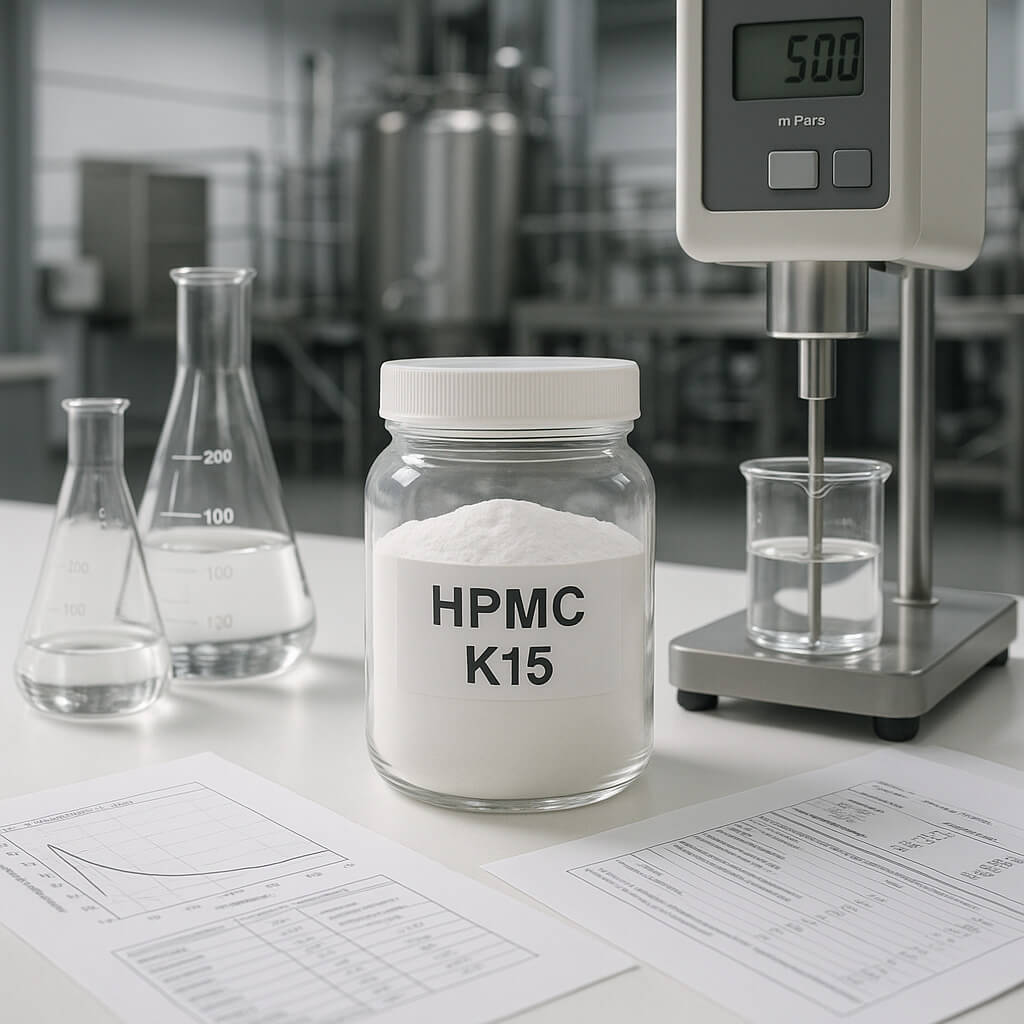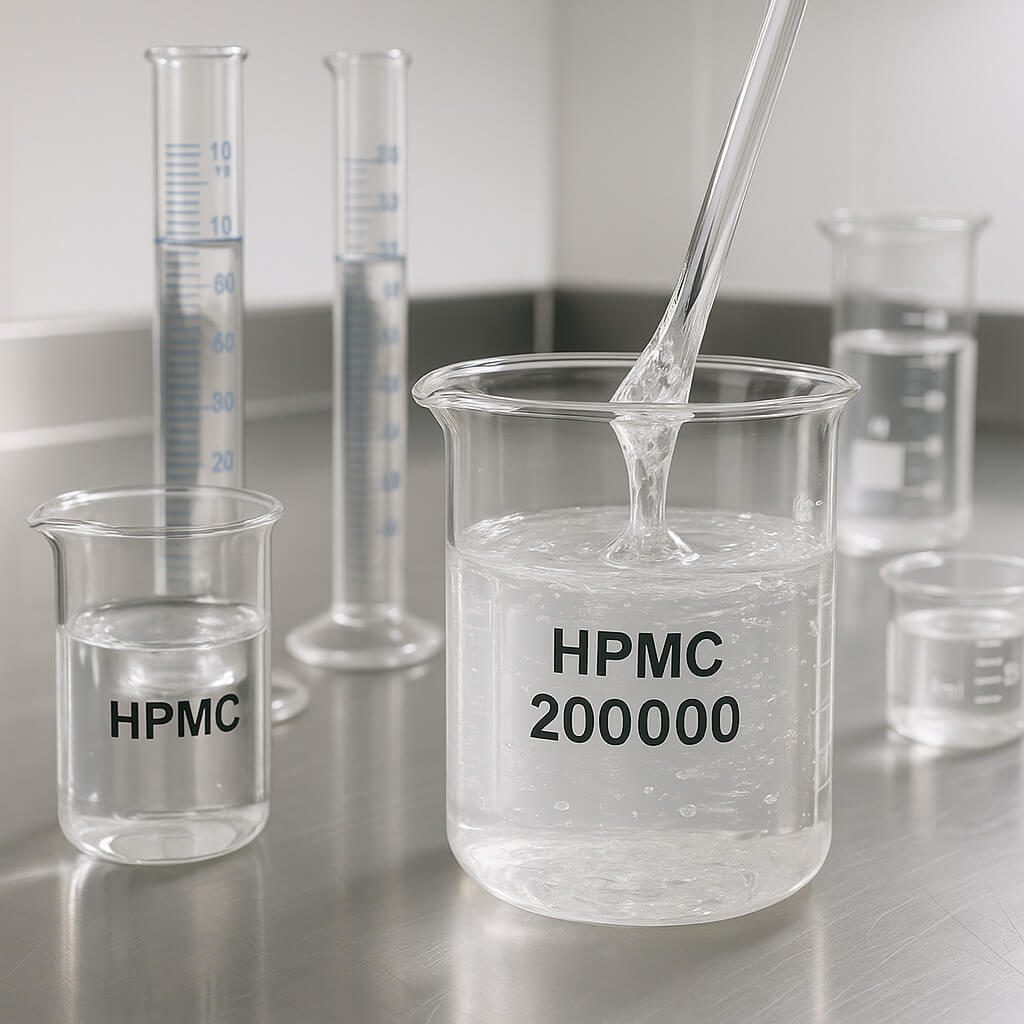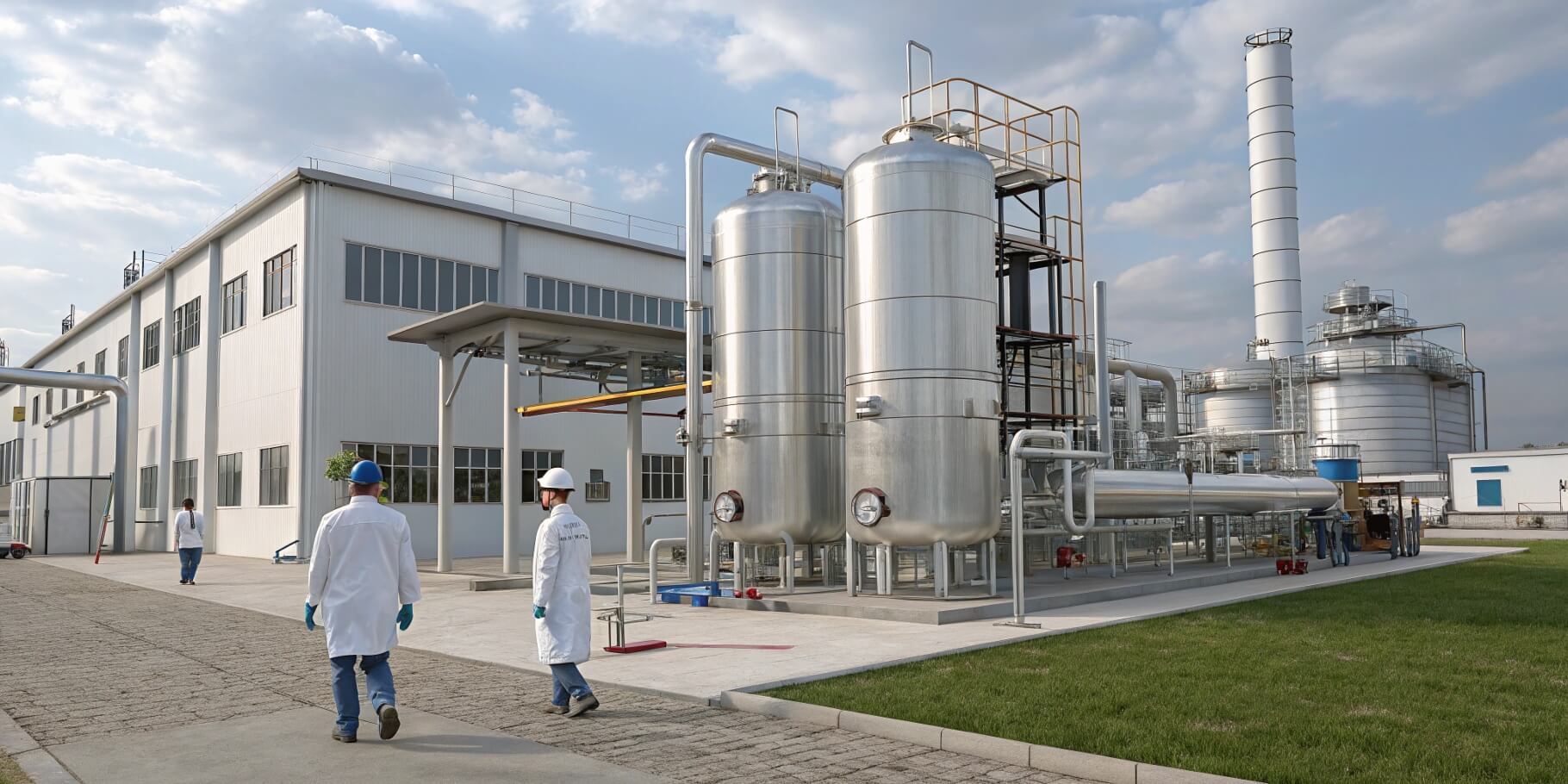Hydroxypropyl methylcellulose (HPMC) grades 4000 and 2208 present a significant challenge for manufacturers and formulators across multiple industries. Many professionals struggle to determine which grade best suits their specific application needs, leading to potential performance issues, regulatory complications, and increased costs. This article provides a comprehensive comparison of HPMC 4000 and 2208, highlighting their key differences and optimal applications to help you make informed decisions. With over 30 years of combined industry experience, our technical team has worked with both grades across pharmaceutical, construction, and food applications.

1.What Are HPMC 4000 and 2208?
HPMC, or hydroxypropyl methylcellulose, is a semi-synthetic polymer derived from cellulose through chemical modification. This versatile compound serves as a crucial ingredient across multiple industries due to its unique functional properties. The numerical designations 4000 and 2208 refer to specific substitution patterns that fundamentally alter how these polymers behave in various applications.
HPMC 4000 features a methoxyl content of approximately 28-30% and hydroxypropyl content of 7-12%. This substitution pattern creates a polymer with moderate viscosity and excellent film-forming capabilities. The molecular structure allows for good water solubility while maintaining stability across a range of pH values.
Here’s what makes this interesting: HPMC 4000’s unique substitution pattern directly influences its performance characteristics, making it particularly suitable for applications requiring rapid hydration and moderate viscosity development.
HPMC 2208, by comparison, contains 19-24% methoxyl content and 4-12% hydroxypropyl content. This different substitution pattern results in distinct performance characteristics, including higher viscosity at equivalent concentrations and different thermal gelation properties.
| Property | HPMC 4000 | HPMC 2208 |
|---|---|---|
| Methoxyl Content | 28-30% | 19-24% |
| Hydroxypropyl Content | 7-12% | 4-12% |
| Viscosity Range | Moderate | Higher |
| Hydration Rate | Faster | Slower |
| Primary Standards | USP, Ph. Eur. | USP, Ph. Eur. |
2.How Do the Physical Properties of HPMC 4000 and 2208 Compare?
The physical properties of HPMC 4000 and 2208 differ significantly, directly impacting their performance in various applications. These differences stem from their unique substitution patterns and molecular structures.
Viscosity represents one of the most critical differentiating factors between these grades. HPMC 4000 typically produces solutions with moderate viscosity, while HPMC 2208 creates higher viscosity solutions at equivalent concentrations. This viscosity difference affects everything from processing requirements to final product performance.
You should know that viscosity impacts not only the handling characteristics during manufacturing but also critical functional properties like controlled release in pharmaceuticals and water retention in construction applications.
Solubility profiles also differ markedly between these grades. HPMC 4000 generally exhibits better solubility in cold water, with more rapid hydration kinetics. HPMC 2208, while still water-soluble, typically requires more energy or time to fully hydrate.
| Physical Property | HPMC 4000 | HPMC 2208 | Application Impact |
|---|---|---|---|
| Viscosity (2% solution) | 3,000-5,600 mPa·s | 4,000-8,800 mPa·s | Processing ease, functional performance |
| Cold Water Solubility | Higher | Moderate | Hydration time, processing requirements |
| Thermal Gelation Temperature | 58-64°C | 62-68°C | Stability during thermal processing |
| Particle Size Distribution | Fine to medium | Medium to coarse | Flow properties, hydration rate |
3.What Are the Primary Applications of HPMC 4000?
HPMC 4000 finds extensive use across multiple industries due to its specific performance characteristics. Understanding these applications helps formulators determine whether this grade meets their particular requirements.
In pharmaceutical applications, HPMC 4000 serves as an excellent film-forming agent for tablet coating. Its moderate viscosity and good film formation properties create uniform, defect-free coatings that protect active ingredients while ensuring consistent appearance. This grade also functions effectively as a binder in direct compression tablet formulations.
The truth is, pharmaceutical manufacturers particularly value HPMC 4000 for immediate-release formulations where its moderate viscosity provides sufficient binding without impeding drug dissolution.
The construction industry represents another major application area for HPMC 4000. In tile adhesives, renders, and mortars, this grade provides excellent water retention, preventing premature drying and ensuring proper cement hydration.
| Application | Function of HPMC 4000 | Key Benefits |
|---|---|---|
| Pharmaceutical Tablet Coating | Film-forming agent | Uniform appearance, moisture protection |
| Tile Adhesives | Water retention agent | Prevents premature drying, extends open time |
| Food Products | Thickener, stabilizer | Clean label option, good mouthfeel |
| Personal Care Products | Thickener, film former | Compatible with common ingredients |
In food applications, HPMC 4000 functions as an effective thickener and stabilizer. Its clean label status makes it attractive for manufacturers seeking natural-appearing ingredient declarations. Common applications include bakery products and plant-based meat alternatives.
4.What Are the Primary Applications of HPMC 2208?
HPMC 2208 serves distinct application needs across various industries, with its higher viscosity and different substitution pattern providing unique functional benefits. Understanding these applications helps formulators determine when this grade offers advantages over HPMC 4000.
In pharmaceutical applications, HPMC 2208 excels in controlled-release matrix systems. Its higher viscosity creates more robust gel layers when hydrated, controlling drug release over extended periods. This property makes it the preferred choice for once-daily formulations where consistent, prolonged release profiles are essential.
What you need to understand is HPMC 2208’s higher viscosity and gel strength create more effective diffusion barriers in matrix tablets, providing more predictable and consistent drug release rates compared to lower viscosity grades.
The construction industry utilizes HPMC 2208 in applications requiring extended workability and superior water retention. Self-leveling compounds benefit from its higher viscosity, which prevents component separation while maintaining flow properties.
| Application | Function of HPMC 2208 | Key Benefits |
|---|---|---|
| Controlled-Release Pharmaceuticals | Matrix-forming agent | Consistent drug release over 12-24 hours |
| Self-Leveling Compounds | Rheology modifier | Prevents separation while maintaining flow |
| Premium Food Products | Texture modifier | Enhanced mouthfeel, improved stability |
| High-Performance Cosmetics | Thickener, film former | Luxurious texture, extended wear properties |
Food product applications for HPMC 2208 include premium ice creams and frozen desserts, where its higher viscosity provides exceptional texture and melt resistance. In sauces and dressings, this grade offers superior suspension properties for particulates and excellent stability during shelf life.
5.How Do Manufacturing Processes Affect HPMC 4000 and 2208 Performance?
Manufacturing processes significantly impact the performance of both HPMC 4000 and 2208, with production variables directly influencing critical functional properties. Understanding these relationships helps formulators anticipate and address potential performance variations.
Production methods for both grades typically involve chemical modification of cellulose through etherification reactions. The precise control of reaction conditions determines the substitution pattern and ultimately the grade characteristics.
Let me be clear about this: Even minor variations in manufacturing parameters can significantly affect functional properties like viscosity, hydration rate, and thermal gelation behavior, potentially impacting end-product performance.
Batch-to-batch consistency represents a significant challenge in HPMC production. Variations in raw material sources and slight process fluctuations can lead to performance differences between batches.
| Manufacturing Variable | Impact on HPMC 4000 | Impact on HPMC 2208 | Quality Control Method |
|---|---|---|---|
| Reaction Temperature | Affects substitution pattern | Affects substitution pattern | In-process monitoring |
| Reagent Ratios | Determines methoxyl/hydroxypropyl content | Determines methoxyl/hydroxypropyl content | Validated recipes |
| Washing Efficiency | Affects residual reagents | Affects residual reagents | Conductivity testing |
| Drying Parameters | Impacts particle size and moisture content | Impacts particle size and moisture content | Moisture analysis |
Quality testing methods ensure consistent performance despite manufacturing challenges. Standard tests include viscosity determination, substitution pattern analysis, particle size distribution analysis, and thermal gelation temperature determination.
6.What Cost and Supply Considerations Impact HPMC Selection?
Cost and supply considerations play a crucial role in HPMC grade selection, often influencing decisions alongside technical requirements. Understanding these economic factors helps formulators balance performance needs with business constraints.
Price comparison between HPMC 4000 and 2208 reveals notable differences. HPMC 2208 typically commands a premium of 5-15% over HPMC 4000 due to its higher viscosity and specialized applications in controlled-release pharmaceuticals.
I bet you didn’t know that despite the higher unit cost of HPMC 2208, its increased functionality sometimes allows for lower usage levels, potentially offsetting the price premium in certain applications.
Global supply chain considerations affect both grades but in different ways. HPMC 4000, with its broader application range, typically has more diverse manufacturing sources and potentially more stable supply.
| Cost Factor | HPMC 4000 | HPMC 2208 | Strategic Consideration |
|---|---|---|---|
| Base Price (USD/kg) | $5.50-7.00 | $6.00-8.00 | Budget allocation, formulation cost |
| Typical Usage Level | Moderate to high | Lower to moderate | Total formulation cost impact |
| Number of Global Suppliers | Higher | Moderate | Supply security, negotiating leverage |
| Substitution Flexibility | Greater | Limited | Risk mitigation options |
Total cost of ownership analysis reveals factors beyond purchase price. Processing costs may differ between grades due to different handling requirements. Quality control costs might be higher for more specialized applications using HPMC 2208.
7.How Should Formulators Choose Between HPMC 4000 and 2208?
Selecting the appropriate HPMC grade requires a systematic approach that considers application requirements, processing capabilities, regulatory constraints, and economic factors. A structured decision framework helps formulators make optimal choices.
Application-specific selection begins with clearly defining performance requirements. For pharmaceutical applications requiring controlled release over 12+ hours, HPMC 2208’s higher viscosity and robust gel formation make it the preferred choice. For immediate-release coatings where rapid disintegration matters, HPMC 4000 typically performs better.
The bottom line is matching the HPMC grade to your specific application requirements requires understanding both the fundamental property differences and how they translate to functional performance in your particular system.
Compatibility with other ingredients significantly impacts grade selection. HPMC 4000 generally offers better compatibility with high levels of soluble components due to its different substitution pattern.
| Selection Factor | Favors HPMC 4000 | Favors HPMC 2208 | Evaluation Method |
|---|---|---|---|
| Release Profile | Immediate to moderately extended | Extended (12+ hours) | Dissolution testing |
| Processing Equipment | Limited high-shear capability | Good high-shear capability | Equipment assessment |
| Formulation Complexity | High soluble component content | Low soluble component content | Compatibility testing |
| Regulatory Requirements | Simpler immediate-release claims | Complex modified-release claims | Regulatory review |
Processing requirements and equipment considerations play important roles in grade selection. HPMC 2208’s higher viscosity may require more robust mixing equipment and longer processing times. HPMC 4000’s faster hydration kinetics might necessitate careful addition techniques to prevent lumping.
Performance testing methodologies help validate grade selection decisions. Pharmaceutical applications typically require dissolution testing to confirm release profiles. Construction applications need water retention and workability assessments. Food applications require stability and sensory evaluation.
Conclusion
The choice between HPMC 4000 and 2208 significantly impacts product performance across pharmaceutical, construction, food, and personal care applications. Their different substitution patterns create distinct functional properties that must be matched to specific application requirements for optimal results.
HPMC 4000 excels in applications requiring moderate viscosity, rapid hydration, and good film-forming properties, making it ideal for immediate-release pharmaceuticals, standard construction materials, and many food applications. HPMC 2208 provides superior performance in controlled-release systems, premium construction products, and applications requiring enhanced stability and texture.
Successful formulation requires understanding not only the fundamental property differences between these grades but also how manufacturing variables, compatibility issues, and processing requirements affect final product performance. By systematically evaluating these factors, formulators can select the optimal grade for their specific needs.
For personalized guidance on selecting between HPMC 4000 and 2208 for your specific application, contact our technical team for a consultation. Our experts can help you navigate the selection process and optimize your formulation for maximum performance.
FAQ Section
Q1: Can HPMC 4000 and 2208 be used interchangeably in pharmaceutical formulations?
HPMC 4000 and 2208 cannot be directly interchanged in pharmaceutical formulations without formula adjustments. While both are cellulose derivatives, their different substitution patterns affect drug release profiles, matrix formation, and stability. HPMC 4000 typically provides faster dissolution rates compared to HPMC 2208, which offers more sustained release properties. Formulators must consider these differences and conduct bioequivalence studies when switching between grades to ensure therapeutic efficacy and safety.
Q2: What are the key viscosity differences between HPMC 4000 and 2208?
HPMC 4000 and 2208 exhibit distinct viscosity profiles due to their molecular structure differences. HPMC 4000 typically provides lower viscosity solutions at equivalent concentrations compared to HPMC 2208. This viscosity difference affects flow properties, mixing requirements, and final product texture. The viscosity of both grades is temperature-dependent, with HPMC 4000 generally showing more pronounced thermal gelation behavior, which can be advantageous in certain applications requiring temperature-responsive properties.
Q3: How do environmental conditions affect the stability of HPMC 4000 versus 2208?
Environmental conditions impact HPMC 4000 and 2208 differently. HPMC 4000 typically demonstrates greater sensitivity to humidity fluctuations, potentially affecting powder flow and hydration rates. HPMC 2208, with its different substitution pattern, often exhibits better stability under varying humidity conditions. Temperature extremes affect both grades, but HPMC 2208 generally maintains functional properties over a wider temperature range. UV exposure degradation rates also differ between the grades, with specific stabilization requirements depending on the application environment.
Q4: Which grade performs better in construction applications?
In construction applications, performance differences between HPMC 4000 and 2208 depend on specific requirements. HPMC 4000 typically excels in applications requiring faster water retention and quicker setting times, making it preferred for thin-set mortars and plasters. HPMC 2208 often performs better in applications needing prolonged workability and extended water retention, such as self-leveling compounds and certain cement formulations. The choice between grades should consider open time requirements, application method, environmental conditions, and compatibility with other construction additives.
Q5: What regulatory considerations apply when choosing between HPMC 4000 and 2208?
Regulatory considerations for HPMC 4000 versus 2208 vary by industry and region. In pharmaceuticals, both grades may have different pharmacopeia monographs and regulatory approvals, affecting their use in specific drug delivery systems. For food applications, HPMC 4000 and 2208 have different E-number designations in some regions, with varying approved use levels. Construction applications face regional building code requirements that may favor specific performance characteristics of one grade over the other. Manufacturers should verify current regulatory status for their specific application and target market before finalizing grade selection.




